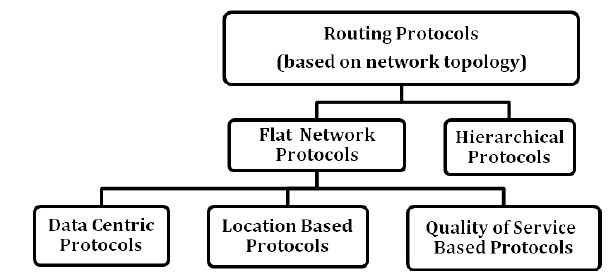
Dynamic routes are routes learned via routing protocols. Routing protocols are configured on routers with the purpose of exchanging routing information. There are many benefits of using routing protocols in your network, such as:
unlike static routing, you don’t need to manually configure every route on each router in the network. You just need to configure the networks to be advertised on a router directly connected to them.
if a link fails and the network topology changes, routers can advertise that some routes have failed and pick a new route to that network.

Types of routing protocols
There are two types of routing protocols:
1. Distance vector (RIP, IGRP, EIGRP)
2. Link state (OSPF, IS-IS)
Cisco has created its own routing protocol – EIGRP. EIGRP is considered to be an advanced distance vector protocol, although some materials erroneously state that EIGRP is a hybrid routing protocol, a combination of distance vector and link state.
All of the routing protocols mentioned above are interior routing protocols (IGP), which means that they are used to exchange routing information within one autonomous system. BGP (Border Gateway Protocol) is an example of an exterior routing protocol (EGP) which is used to exchange routing information between autonomous systems on the Internet.

Distance vector protocols
As the name implies, distance vector routing protocols use distance to determine the best path to a remote network. The distance is something like the number of hops (routers) to the destination network.
Distance vector protocols usually send the complete routing table to each neighbor (a neighbor is directly connected router that runs the same routing protocol). They employ some version of Bellman-Ford algorithm to calculate the best routes. Compared with link state routing protocols, distance vector protocols are easier to configure and require little management, but are susceptible to routing loops and converge slower than the link state routing protocols. Distance vector protocols also use more bandwidth because they send complete routing table, while the link state procotols send specific updates only when topology changes occur.
RIP and EIGRP are examples of distance vector routing protocols.
Link state protocols
Link state routing protocols are the second type of routing protocols. They have the same basic purpose as distance vector protocols, to find a best path to a destination, but use different methods to do so. Unlike distance vector protocols, link state protocols don’t advertise the entire routing table. Instead, they advertise information about a network toplogy (directly connected links, neighboring routers…), so that in the end all routers running a link state protocol have the same topology database. Link state routing protocols converge much faster than distance vector routing protocols, support classless routing, send updates using multicast addresses and use triggered routing updates. They also require more router CPU and memory usage than distance-vector routing protocols and can be harder to configure.
Each router running a link state routing protocol creates three different tables:
neighbor table – the table of neighboring routers running the same link state routing protocol.
topology table – the table that stores the topology of the entire network.
routing table – the table that stores the best routes.
Shortest Path First algorithm is used to calculate the best route. OSPF and IS-IS are examples of link state routing protocols.
Hope this article helpful for you. Thank You
Let’s Join our Hacking Team
We Are Indian We Are Great
Indian Cyber Army | Make IT Secure
Enjoy…Stay Happy…Stay Secure…

Hope this article helpful for you. Thank You
If You Appreciate What We Do Here On Hackonology, You Should Consider:
Hackonology is the fastest growing and most trusted community site where you can find lots of courses, articles about Technology/Hacking/Cracking. Millions of people visit Hackonology! to search or browse the thousands of published articles available FREELY to all.
Let's be a part of Hacker's Community! Join our Hacking Team
We Are Indian We Are Great




